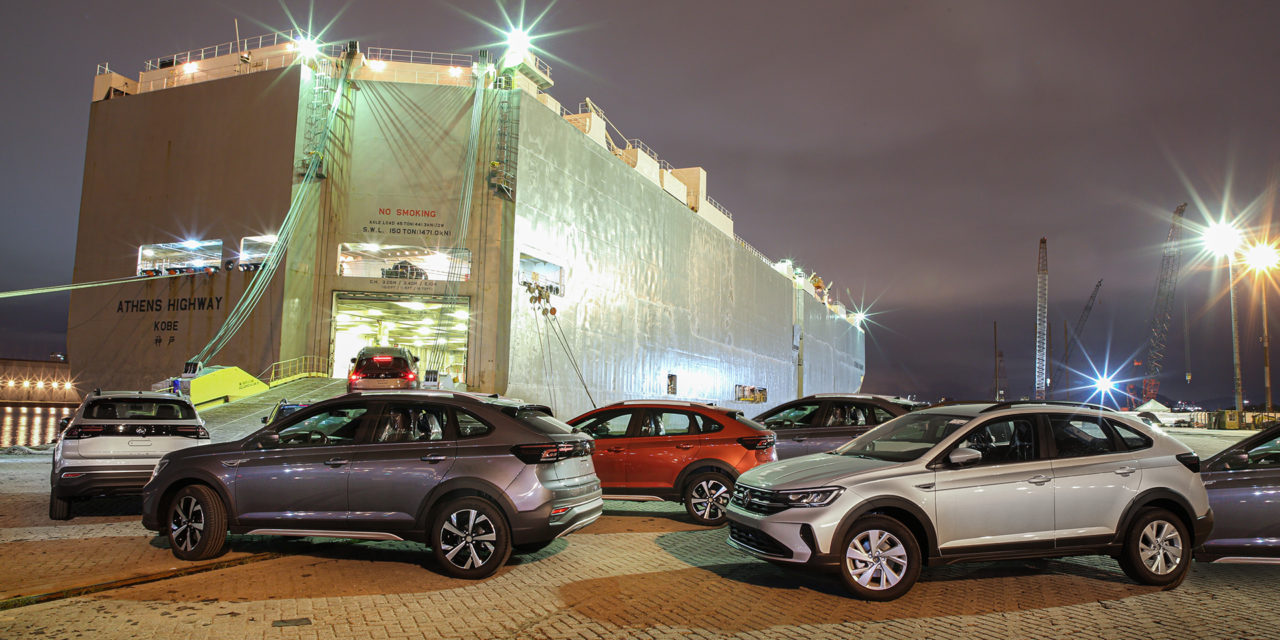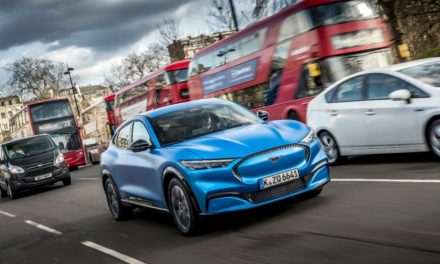By George Guimarães | Translated by Jorge Meditsch
After the perceivable recovery of vehicle exports in 2022, Anfavea seems cautious, not say pessimistic, about this year’s performance projections. This Friday, 1/6, Márcio Leite, president of the manufacturers’ association, estimated a 2.9% fall for 2023 shipments abroad, totaling about 467 units.
Last year, 481 thousand automobiles, light commercial vehicles, trucks and buses were shipped abroad, especially to Latin American countries. The result surpassed by 27.8% the numbers of 2021 and was even better than 2019, before the pandemic, when the country exported 434 thousand vehicles.
According to Anfavea’s president, the heavy vehicle segment – trucks and buses – will suffer a heavier loss this year. He estimates a fall of about 8.7%, limiting the shipments to 28 thousand units. In 2022, there were 31 thousand.
Responsible for most of the exports, automobiles and light commercial vehicles can drop 2.5% to 439 thousand units, compared to last year’s 450 thousand, which represented a 28.9% growth over 2021.
According to Leite, an important part of the negative performance is due to the still largest Brazilian vehicle market abroad. “Argentina shows a yellow light, especially considering the last months of 2022, a declining period.”
The weak Argentinian market may bring difficulties for Brazilian manufacturers even in the medium term, ponders the president. “The headquarters consider the whole potential of an operation, not just the internal market. We had always shown plans including Argentina, where we also produce”, emphasizes Leite.
Last year’s figures were already compromised by the weak performance of Argentinian purchases, which amounted to 139 thousand units, just 5% over the same period in the previous year. Therefore, the neighboring country’s share of the shipped volume – historically much higher – fell from 35% in 2021 to 29%.
Mexico, Colombia and Chile bought, respectively, 86 thousand, 77 thousand and 57 thousand units and were the positive highlights. The two South American countries’ share grew to 16% and 12%. Colombia bought close to 38% more than in 2021, while shipments to Chile grew by a substantial 50%.
- Nissan Versa ganha versões esportivada e PcD com preços atraentes - 20 de maio de 2024
- Caoa Chery triplica vendas e inverte cenário de dificuldades - 13 de maio de 2024
- Ford pode seguir com híbridos na Europa depois de 2030 - 9 de maio de 2024








